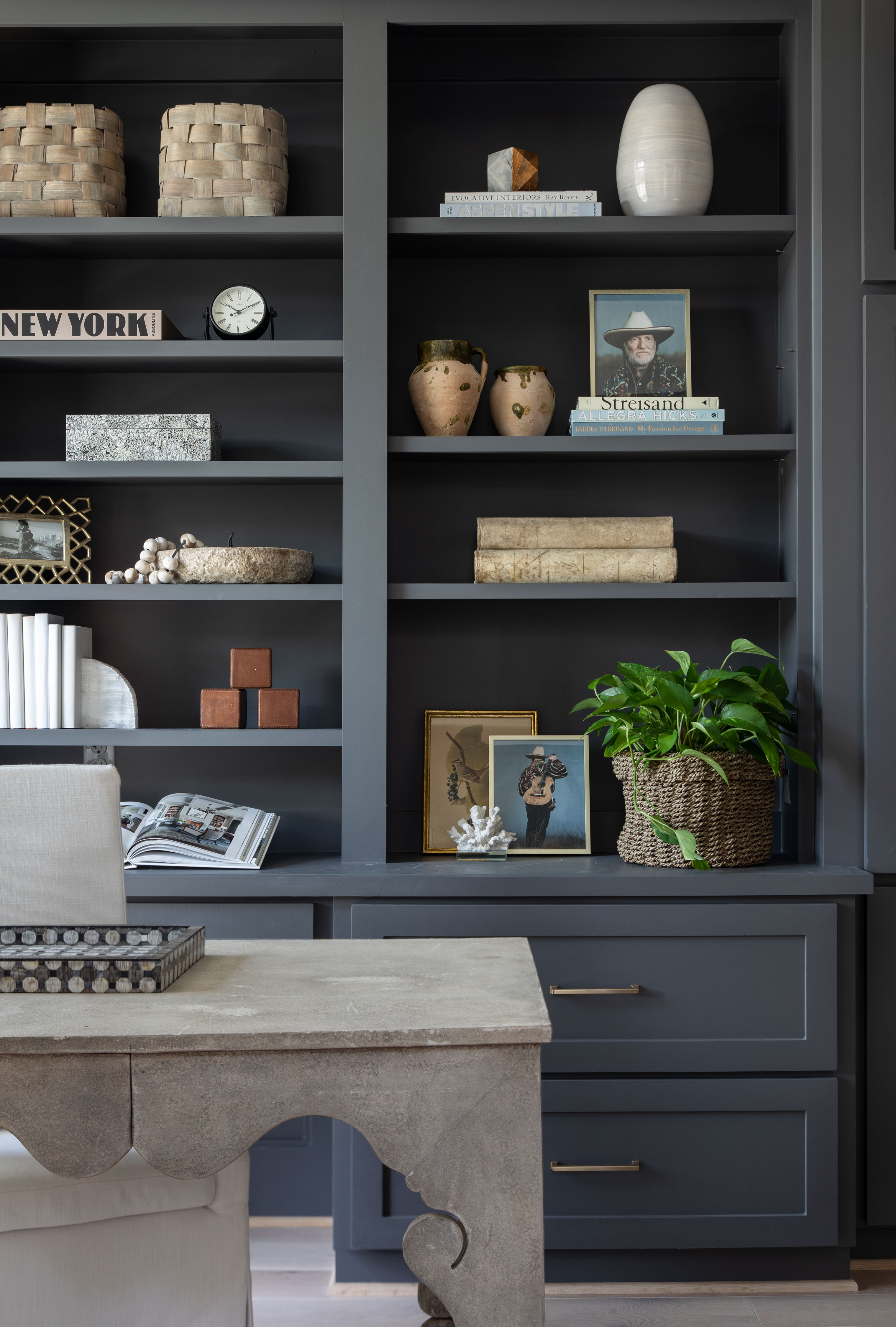STAGING:
Real estate staging is the practice of preparing a property for sale by enhancing its appeal to potential buyers. This involves arranging and decorating the space in a way that showcases its positive features and helps potential buyers envision themselves living in the property. Staging typically includes furniture arrangement, decor choices, and other visual elements to make the property more attractive and marketable. The goal is to create a positive and inviting impression, ultimately increasing the likelihood of a successful sale.STYLING:
A photo stylist is someone who arranges and styles elements in a photograph to create a professional photo. Typically, for my team and me, this involves collaborating mostly with design firms after they finish a project, as well as with builders, high-end realtors, film producers, and marketing agencies.
INTERIOR DESIGN:
Interior design involves the art and science of enhancing the interior spaces of a building to create a more aesthetically pleasing and functional environment. It encompasses a range of elements, including furniture selection, color schemes, lighting, and spatial arrangements, with the goal of achieving a cohesive and harmonious design. Interior designers work to enhance the quality of life and well-being of the occupants while reflecting their tastes and preferences. PROCESS




























Walker Texas Stager
ABOUT
ohne titel
foundation
New Berlin
︎Conference ‘20
Habits, Program 1
February 2
100 Ventura Straße
Building 8, Room 12
New Berlin, CA 90026
Building 8, Room 12
New Berlin, CA 90026
To describe is to attempt — unless you are defining description itself as an end. Through the use of general creative writing techniques Program 2, Description will break down the limits of the descriptive faculties into clear categories. Attendees are expected to have a firm grasp of Lem’s Prognolinguistics as well as an active fiction writing practice.
Images


Description, Program 2
February 3
100 Ventura Straße
Building 8, Room 10
New Berlin, CA 90026
Building 8, Room 10
New Berlin, CA 90026
Self-reflection can’t trace origins. Motive is always in the process of being overgrown. It is taken for granted that the reasons for our generally repetitive behavior are self-evident — of course they are not.
Using both Diachronic Causation Simulation (D.C.S.) as well as Synchronic Causation Simulation (S.C.S.) Program 1, Habits will explore psychological pattern formation both by a singular event as well as its development over time.
Using both Diachronic Causation Simulation (D.C.S.) as well as Synchronic Causation Simulation (S.C.S.) Program 1, Habits will explore psychological pattern formation both by a singular event as well as its development over time.
Images


Schema, Program 3
February 4
100 Ventura Straße
Building 8, Room 12
New Berlin, CA 90026
Building 8, Room 12
New Berlin, CA 90026
A schematic is a shield against the violence of the variable.
This is true and obvious for the dogmatic schema of religions, but it is also true for machines and mechanical productions (whether Capitalist or Socialist). Theologies when contrasted to general mechanization have much more in common than the throngs of yelping townsfolk would have you believe — mainly the attempt at automating behavior to secure a future.
Program 3, Schema hopes to introduce a new discourse for the comparison of these two nodes. The discussion will commence with a comparison of various O'Reilly Media instruction manuals (Erlang Programming and JavaScript) with a recent translation of the Bhagavad Gita.
This is true and obvious for the dogmatic schema of religions, but it is also true for machines and mechanical productions (whether Capitalist or Socialist). Theologies when contrasted to general mechanization have much more in common than the throngs of yelping townsfolk would have you believe — mainly the attempt at automating behavior to secure a future.
Program 3, Schema hopes to introduce a new discourse for the comparison of these two nodes. The discussion will commence with a comparison of various O'Reilly Media instruction manuals (Erlang Programming and JavaScript) with a recent translation of the Bhagavad Gita.
Images
